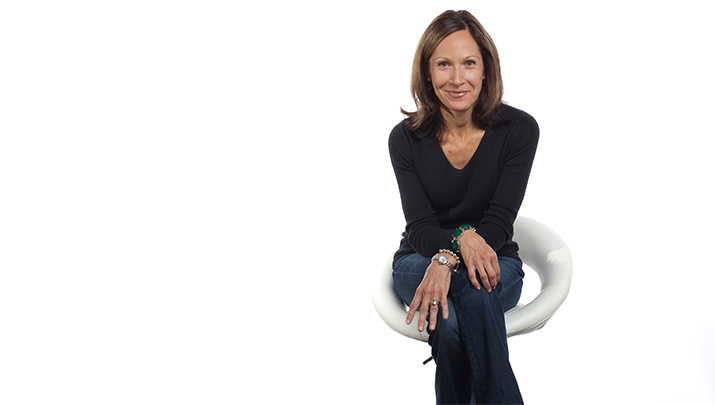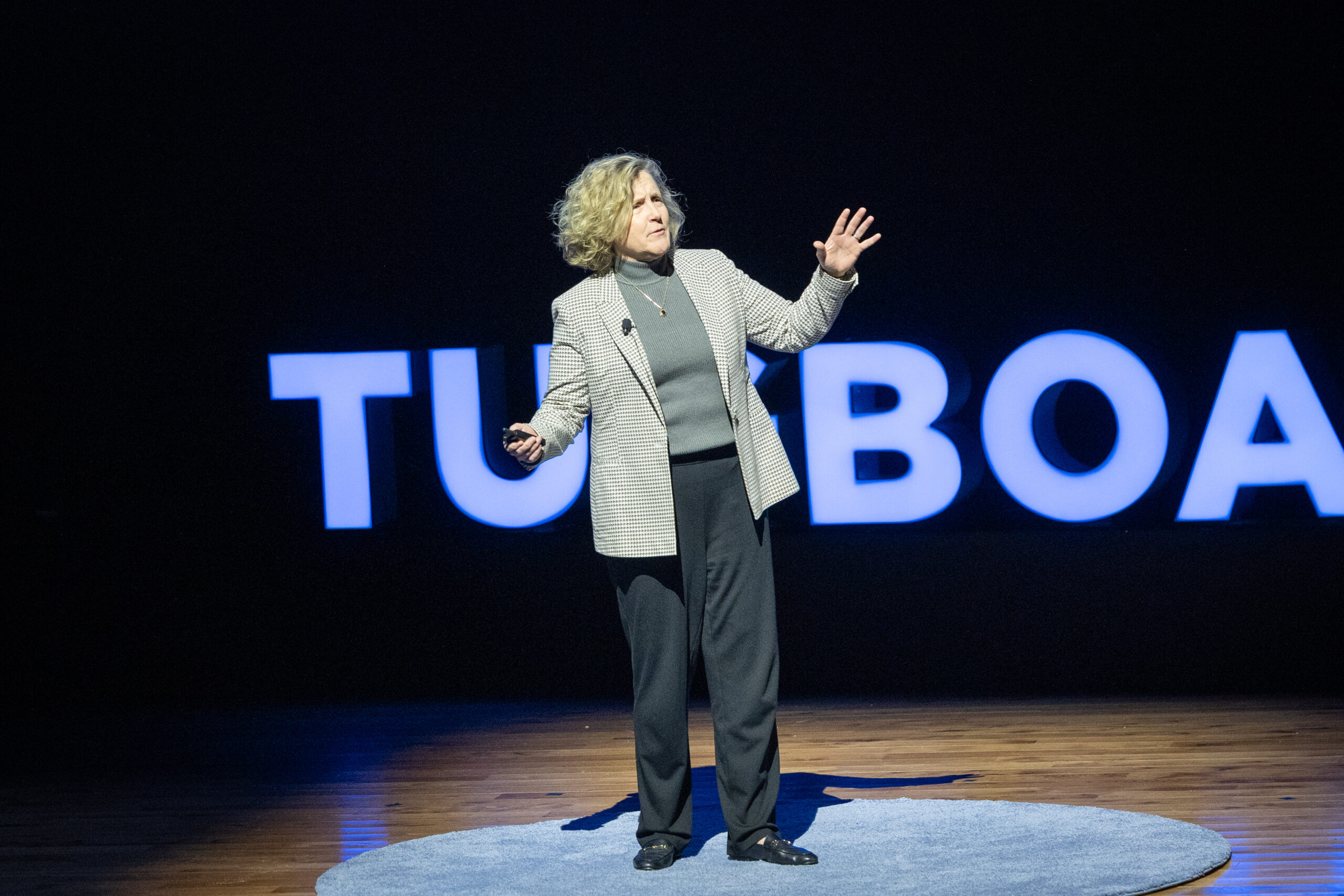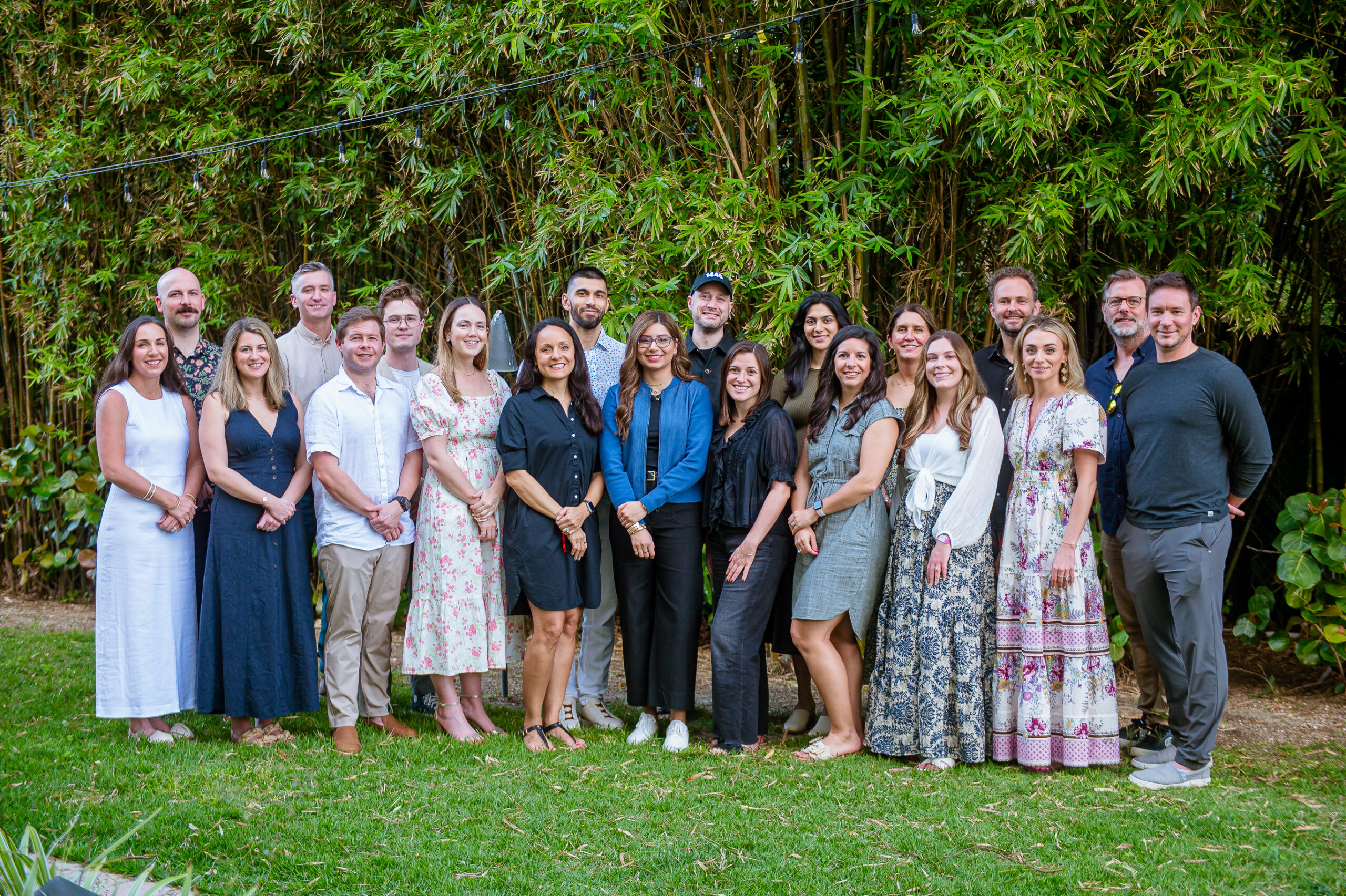

How An Evergreen Legacy Remains Strong After Losing Our Founder
- Camille Nicita
- Gongos
In July 2012, my longtime friend, boss and professional mentor John Gongos phoned to tell me that, after a battery of inconclusive medical tests, he had been diagnosed with stage 4 cancer. But true to his optimistic, stalwart and “I’ll get through this” nature, John remained steady as he confronted a life that would be cut short at the young age of 51.
Just eight days later, I had to do something no COO ever wants to do — gather 100 employees to announce that our beloved leader had passed away from metastatic melanoma.
I had visited his home only a few days prior, and honestly didn’t see this coming. To say it was heartbreaking for me and everyone at Gongos doesn’t even begin to capture the gravity of the day. After all, John had founded Gongos Research in 1991; I was loyal to him and our company since the day we opened our doors.
The day I announced John’s death marked the moment I became a business owner, but it also marked a whole lot more. As Mark Twain said, “The two most important days in your life are the day you were born, and the day you find out why.”
That very day marked my “why” as I embarked on a path to create my own legacy.
Five years in, I can say that if there’s one trait of the Evergreen philosophy I have embraced above the others, it’s Perseverance.
In 1991, at 21 years old, I was one of three marketing researchers who joined John as he launched his own firm. Even though I was the intern, for some reason John was determined to bring me along.
Wide-eyed and driven, I didn’t have much to lose. After all, we already had a key client willing to join us. And working out of two cramped sublet offices was kind of invigorating. We were scrappy, and we did what we had to do. Although I was the youngest, I was in the thick of growing the business — writing proposals, preparing pitches to prospects, designing research studies and delivering the results to our Fortune 100 client.
And it paid off.
At the five-year mark, our firm had grown to 20 or so employees. By that time, we had leased our own office in a new building; not so long after, John made three of us minority shareholders in the business to reward us for our journey thus far.
Through hard work and by putting our people first, we grew. In 2006, we hired our first full-time marketing lead, organized our client-facing teams by industry sector and were about to become a top-50 U.S. market research firm.
But nothing good stays forever, and one of our minority shareholders suffered a massive stroke. While it devastated us all, it made us think more seriously about succession planning.
But this is not the tragedy that brought me to Evergreen.
In early 2012, John Gongos began to have stomach pains.
Prior to what was to become an unthinkable journey, John perhaps had a quiet succession plan of his own.
Nearly 18 months prior to his death, having learned a tough lesson about 50-50 partnerships in a previous business, John presented me with a shareholder edge, and had already appointed me COO. Yet, given his illness, he didn’t have the time needed to fully prepare me for ownership. While we discussed succession planning, other priorities took hold. John wasn’t ready for this life turn, and honestly neither was I. A man only 10 years my senior had bestowed upon me far greater responsibility than my present COO duties.
But in 2012, our company’s fate was suddenly firmly planted on my shoulders, and my decisions were about to affect our possibilities and profitability. Sure, as COO I had internalized our growth and opportunities for our employees, but now I had to use my own intuition and experiences to drive decisions.
And there is a fundamental difference between operating as an executive and operating as an owner. As an owner, the weight of knowing that the financial well-being of our employees was now in my hands was humbling to say the least. After all, I had raised three children on our company watch, and the realization that my decisions would affect the spouses and children of each of our employees was an overwhelming feeling that I still carry with me today.
But persevere I did. And I didn’t go it alone.
My first task was to make sure our employees felt safe. Fortunately, they entrusted me to maintain an open-door (and, more importantly, open-heart) policy. Next I put into motion a communications plan to reassure our clients that they could continue to count on our company to support their missions. Slowly, I assembled my version of our company’s leadership team and put a plan into place to empower them and our future leaders.
Once I recovered from the shock of John’s death, I realized these new circumstances had reignited a sense of purpose in me. Three companies had approached me soon thereafter about acquiring us. I turned them all down, as John and I shared a commitment to keeping our company private while building a business that was about far more than profit.
Days before his death, I personally promised John that I would purchase his majority equity from his wife to ensure his family’s well-being. As a result, we held off on other expenditures, such as an office move to accommodate a growing workforce, and more closely aligned our spending with return on investment.
Finally, I needed to consider the future, and the legacy I was going to create. We redefined our evolution into a decision intelligence company. Market forces clearly required we move from collecting insights to helping our clients activate on consumer-centered strategies. After all, the world of big data was upon us and we had to seize it.
This meant hiring new talent — data scientists, visualization experts and designers. But more importantly, it meant gaining buy-in from employees. It was important for me to not rush this evolution and maintain our mantra of growing only as fast as we can find the right people.
Our long-held belief is that once we invest in people, we do all we can to retain them. I’ve made sure that as we evolve as a company, I’m listening and moving at a pace that balances comfort and growth opportunities for our people.
This deliberate pace has served us well. We are well into our evolution, growing to $23.2 million in revenues and 125-plus employees.
As a company that holds restless dissatisfaction as a virtue, there will always be work to do, and I ask our employees — both tenured and new — to Persevere through change, just as I have. I’m grateful for everything John taught me and for the chance to grow into the leader I am today. I know he would be gratified to see how we have progressed, and for the version of Gongos that is yet to come. And I trust that somewhere, somehow, he finds solace in the fact that he was right to fight for an intern.
Camille Nicita is the President & CEO of Gongos, Inc.
More Articles and Videos

Both/And Thinking: Harnessing the Positive Potential of Tensions
- Marianne Lewis
- Carl L. Linder College of Business, University of Cincinnati

Leading Through Uncertainty – Tugboat Institute® Summit 2025
- Jackie Hawkins
- Tugboat Institute

Get Evergreen insight and wisdom delivered to your inbox every week
By signing up, you understand and agree that we will store, process and manage your personal information according to our Privacy Policy




